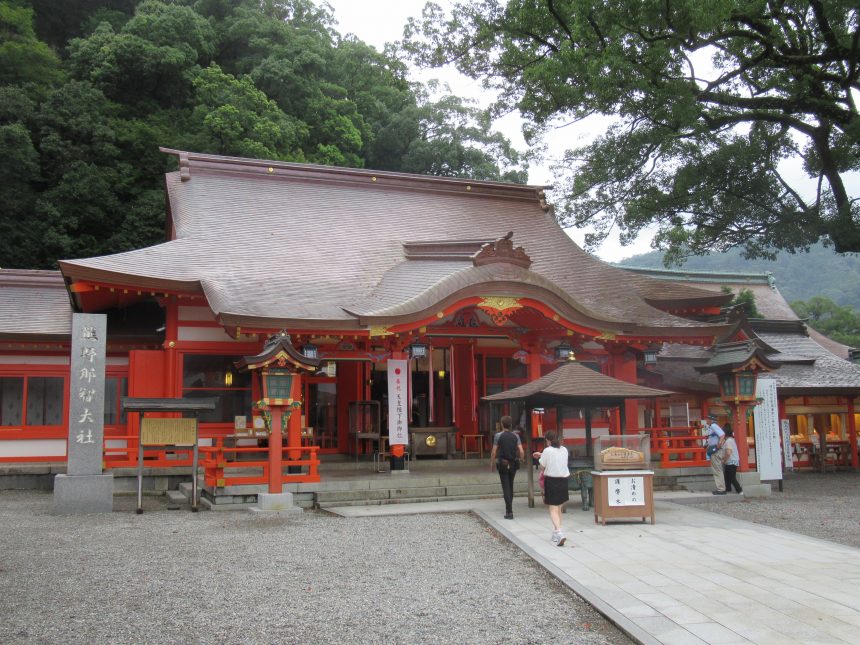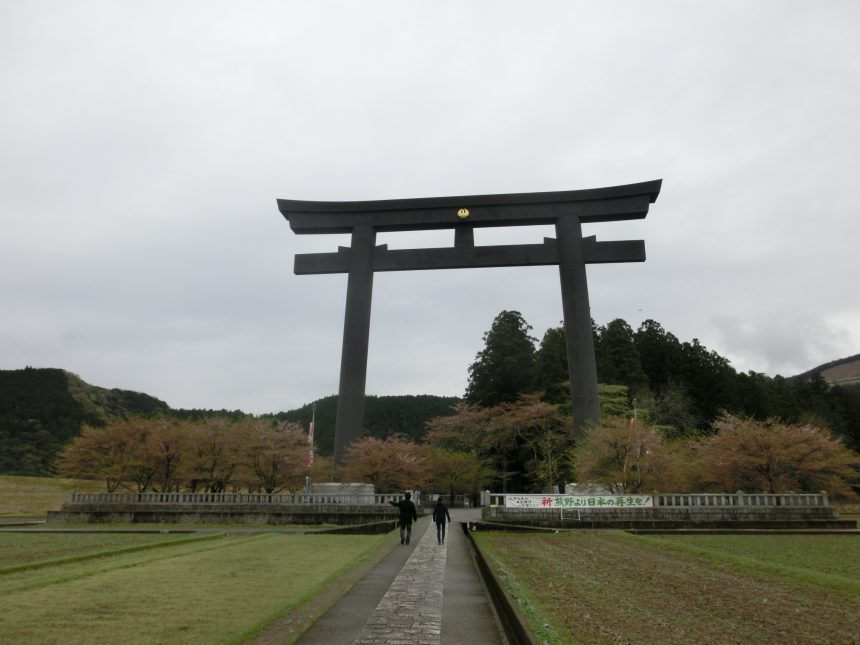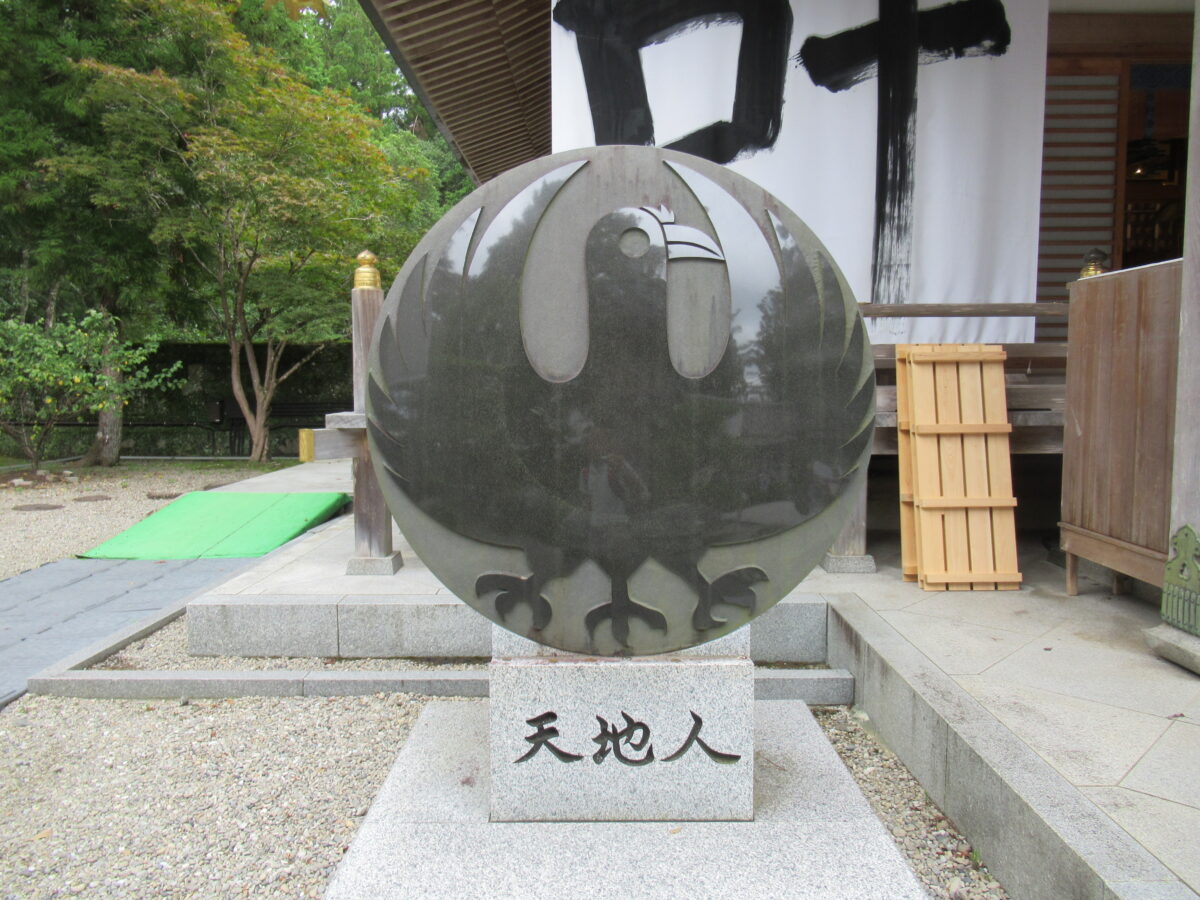The Kumano Kodo is a pilgrimage route in the Kii Mountains in Wakayama, Japan. The routes radiate centering around Kumano Three Shrines; Hongu, Hayatama, and Nachi. The total length is about 1,000 km, and walking these trails will give you an intense experience of one of Japan’s most beautiful natural areas.
Outline of Kumano Kodo
The way is dotted with shrines called Oji and people headed to the shrines to pray at them. The trails are steep mountain routes that used to be called the “Ant procession to Kumano”. It is called this because so many people, from Imperial family members to commoners, passed these routes.
There used to be a lot of accommodations and tea houses on the way too. After the construction of new roads, the number of walkers decreased. At that time most of the tea houses were closed, but you can now feel a quiet and sacred atmosphere while walking.
Kumano Hongu Taisha
Kumano Hongu Taisha is the central shrine of the three Kumano Shrines. You have to walk up 158 steps to the main hall from the bottom. It is surrounded by trees, so you will feel as if you are in the deep mountains.


It is said that it was constructed more than 2,000 years ago at the time of the tenth Emperor, Sujin. The original site is called Oyunohara. Here you can find Japan’s biggest torii gate (a Shinto shrine’s gate) which is about 34 meters high to commemorate the sacred site.
Because the Oyunohara is among the river, the shrine at the original site was damaged in 1889 by a flood and was moved to the current shrine site.
The interesting symbol of the shrine is the bird Yatagarasu which is a crow with three legs. According to a legend, this crow guided the first emperor Jinmu of 7 century B.C. from Kumano to Yamato, the first capital. You will see these images at the shrine. Nowadays, the Japan Football Association uses this as their logo.
Kumano Hayatama Taisha
This shrine is called Hayatama because it enshrines Hayatamanoo who was the son of Izanaginomikoto, the founder of Japan. It is also called Shingu (new shrine) because it is newer than the Kamikura Shrine which was constructed at the site where the god of Kumano first landed. Unlike Hongu Taisha, the shrine is easy to access because of its location only 2km away from the Pacific Ocean.
Kumano Nachi Taisha
Kumano Nachi Taisha is a very photogenic place. It is a large complex with the main shrine, the Seigantoji Temple, and the Nachi Waterfalls. The Shinto shrine and Buddhist temple building are standing next to each other. This layout displays the syncretization of Shinto and Buddhism, so they live in harmony.
The Nachi Falls is the highest waterfall in Japan, with a height of 133 meters. The waterfall itself is like a god in the idea of Shinto, so it is a sacred place.


You can take a very nice photo including the waterfalls with the three-storied pagoda. The scene looks quintessentially Japanese!
Your Japan Tour
As seasoned Japan experts, we create perfect Japan package tours including destinations like the Kumano Kodo. Check out our group tours and private tours, or contact us to start planning your unforgettable holiday to this fascinating country full of once-in-a-lifetime experiences, culture, history, nature, and delicious food!
Access Information
There are many ways to enjoy walking along the trails of the Kumano Kodo. If you want to do a full-scale walk, you can start from Kii-Tanabe and finish at Kii-Katsuura, which is 60 km in total. You can do this in 4 days and include Hongu and Nachi Taisha. There are family-type inns and hot springs on the way, so you can walk the route while relaxing just like the ancient walkers.